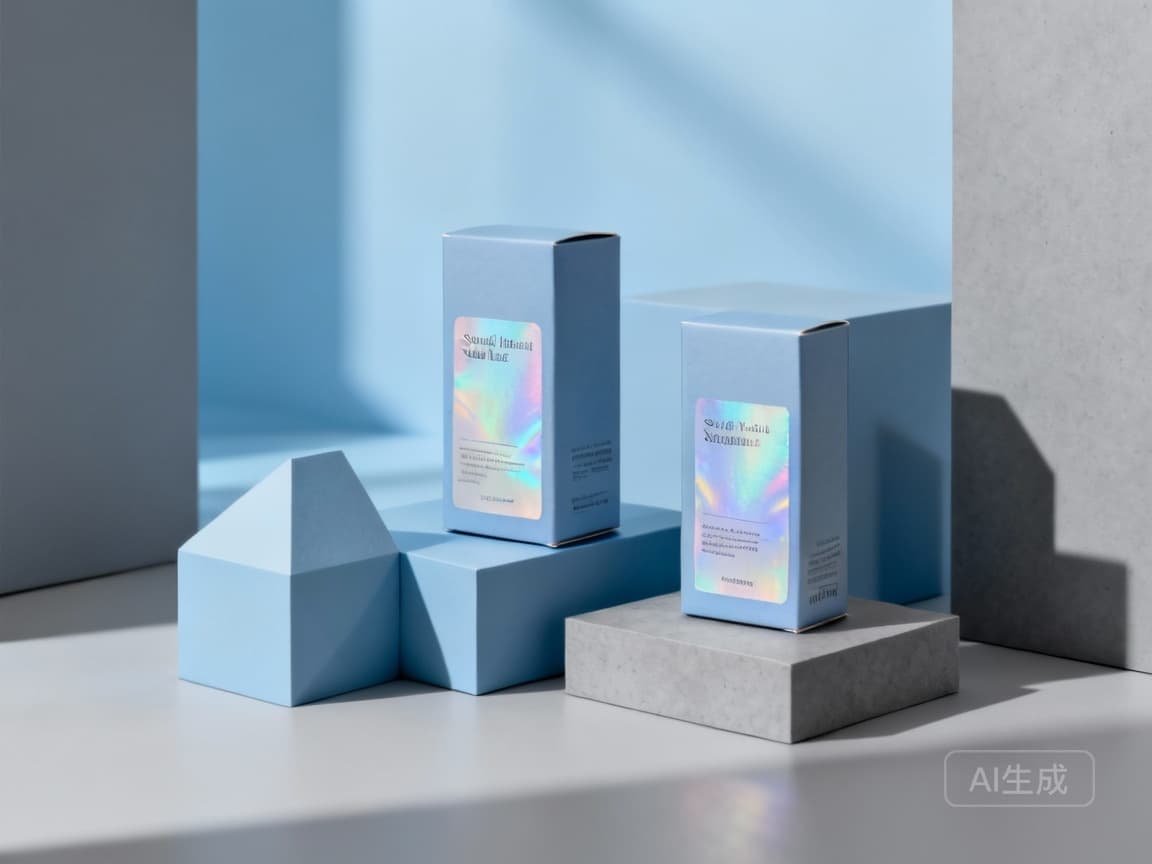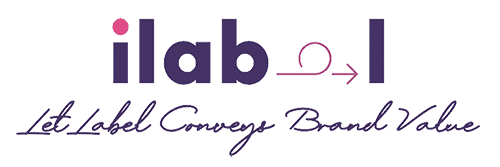
Smart Labels: Achieve 25% ROI via Compliance-Driven Design & Brand Differentiation
Transforming Compliance into Competitive Advantage
The global labels market is projected to grow from $73.86 billion in 2024 to $112.72 billion by 2033, representing a 4.81% CAGR. This growth is driven by increasing regulatory requirements across food, pharmaceutical, and cosmetics industries, combined with e-commerce demand for customized solutions. Smart labels represent a strategic opportunity to turn compliance from a cost center into a revenue driver.
The 5-Layer Optimization Framework
Our research reveals that successful companies implement a structured approach to compliance-driven design:
- Information Hierarchy Optimization: Organize mandatory data using minimalist design principles without sacrificing regulatory compliance
- Material-Technology Matrix: Match sustainable materials with appropriate smart technologies (NFC, QR codes) based on industry requirements
- Printing Technology Alignment: Select digital printing solutions that handle variable data while maintaining quality standards
- Digital Workflow Integration: Implement cloud-based ERP systems for real-time compliance monitoring
- ROI Measurement Framework: Track compliance risk reduction, production efficiency gains, and brand value enhancement
Quantifiable Business Impact
Companies implementing this approach achieve measurable results. As seen in the PrintRunner case, precise technical adjustments transformed label misalignment issues into enhanced brand perception and customer satisfaction. Similarly, Labfax's implementation of digital finishing systems overcame production challenges and achieved business objectives.
Digital printing enables efficient handling of small, customized print runs while maintaining compliance with evolving regulatory standards across multiple industries.
Implementation Roadmap
Begin with a 90-day compliance assessment and design optimization phase, followed by 3-6 months of digital workflow integration. The final phase involves smart functionality expansion over 6-12 months. This phased approach ensures 25% ROI through risk mitigation, operational efficiency, and brand differentiation.
Forward-thinking organizations are already leveraging compliance requirements as brand differentiators. By adopting smart label strategies that balance regulatory mandates with consumer engagement, companies transform necessary investments into competitive advantages.
Want to know more?
Get in touch with us for more information about our services and products.
